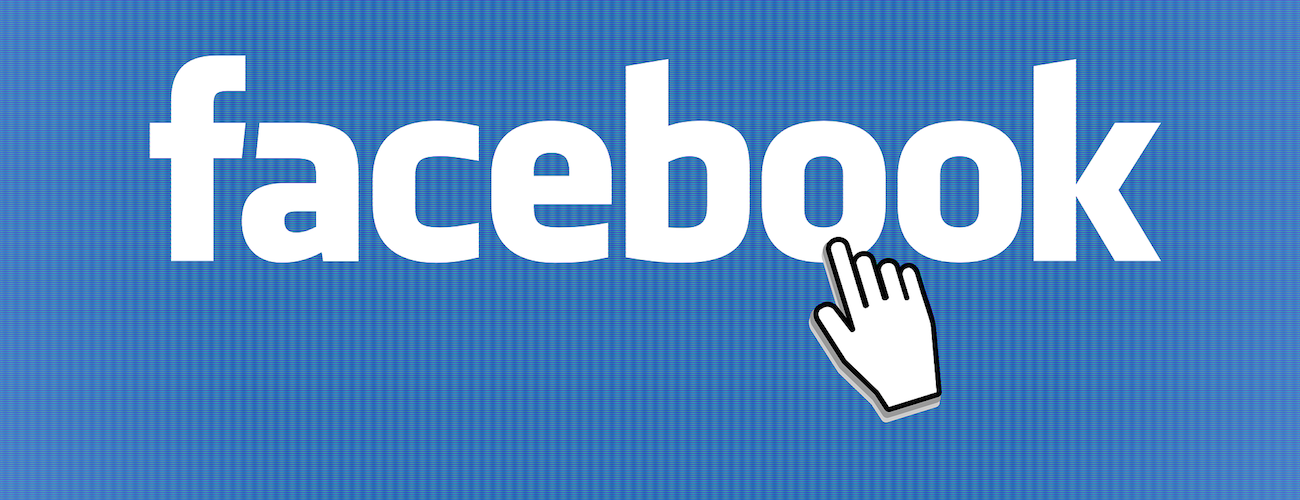Sign up for the daily CJR newsletter.
USA Today last week reported that Facebook was breaking up an “extensive fake account scam” targeting publisher pages with false “likes.” The ruse apparently was intended to yield the scammers more friends they could later spam, and USA Today added that it was “among the publishers impacted.”
Not included in its report was the fact the news organization was the central target of the scam, which decimated USA Today’s topline Facebook metrics. Whereas some other major outlets saw follower counts dip by hundreds of thousands of “likes” following Facebook’s bot purge, USA Today’s main page lost an estimated 5.8 million such followers between April 13 and April 15, according to CrowdTangle data. It slashed the page’s following by more than a third, and it came in addition to massive decreases in “likes” at other USA Today-affiliated pages, such as USA Today Sports.
TRENDING: Headlines editors probably wish they could take back
Taken together, the Virginia-based news organization saw its collective Facebook follower total plummet by nearly 12 million essentially overnight. The army of fake accounts was more than double the number of “likes” on The Washington Post’s main page.
A USA Today spokeswoman did not confirm that final number, citing Facebook’s ongoing effort to delete fake accounts from publishers’ rolls. Representatives from both parties say it remains unclear why USA Today was affected so heavily relative to other publishers of comparable scale.
The news organization hasn’t seen a drop-off in Facebook engagement since the cleanse, a USA Today spokeswoman adds, a conclusion CrowdTangle data supports. “But obviously we’re playing closer attention now to all the activity on our pages,” she says.
The purge of such accounts culminated a six-month effort by Facebook to combat the scam, which routed faux profiles through Bangladesh, Indonesia, Saudi Arabia, and other countries. “We observed that the bulk of these accounts became dormant after liking a number of Pages, suggesting they had not been mobilized yet to actually make connections and send spam to those people,” Shabnam Shaik, a technical program manager at Facebook, wrote on the company’s security blog on April 14.
RELATED: Facebook is eating the world
“As we remove the rest of the inauthentic likes, we expect that 99 percent of impacted Pages with more than 10,000 likes will see a drop of less than 3 percent,” Shaik wrote.
Indeed, no other publisher approached USA Today-affiliated pages in either total “likes” lost or the proportion of followings snuffed out. Using CrowdTangle, here’s what we were able to glean:
The USA Today spokeswoman told CJR that they flagged the issue for Facebook after noticing an unusually large uptick in followers from the aforementioned countries. “Since we first brought this issue to Facebook’s attention, we have been in close communication with them and look forward to a swift solution that prevents this illegitimate activity from happening on our Facebook page in the future,” Maribel Wadsworth, Gannett’s chief transformation officer, told USA Today Friday.
The tech giant has come under fire in recent months for providing publishers and advertisers faulty metrics to evaluate audience reach. In September, Facebook apologized for long overestimating the time users spent watching videos. After additional measurement discrepancies were uncovered over the following months, it pledged to undergo an audit by the Media Rating Council, an industry watchdog.
RELATED: Podcast: Facebook’s worst-case scenario
While USA Today’s horde of fake followers did not appear to “like” or comment on posts at a significant clip, the presence of so many of them could serve to muddle the rate at which the audience was engaging with content. The massive bot ring resurfaces a major issue: Publishers have few ways of learning what the individual readers behind their aggregate numbers look like. What’s more, which Facebook users even see publishers’ posts is left up to the tech giant’s elusive algorithm.
That confusion comprised the thru-line of a Medium post published Monday by Kurt Gessler, deputy editor for digital news at the Chicago Tribune. Since January, the news organization’s social team has noticed a precipitous drop-off in the reach of its Facebook posts, and it has no idea why. Gessler writes:
So here we are. The data show that we are having the fewest number of our most successful posts and the most of our least successful at a time when our strategy hasn’t significantly changed and our fans have grown.
So, is anyone else experiencing this situation, and if so, does anyone know why and how to compensate? Because if 1 of 3 Facebook posts isn’t going to be surfaced by the algorithm to a significant degree, that would change how we play the game.
Have you noticed any funny business with your Facebook engagement? Email us at duberti@cjr.org and nrenner@cjr.org.
TRENDING: BuzzFeed announces change in style guide
Has America ever needed a media defender more than now? Help us by joining CJR today.









